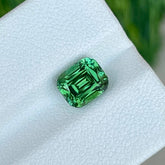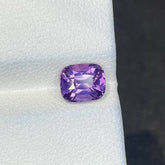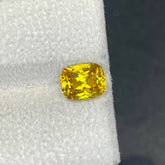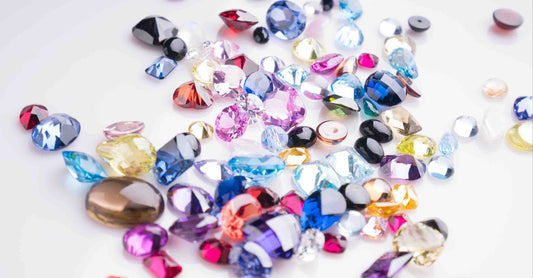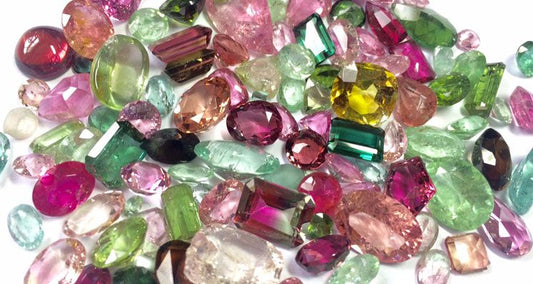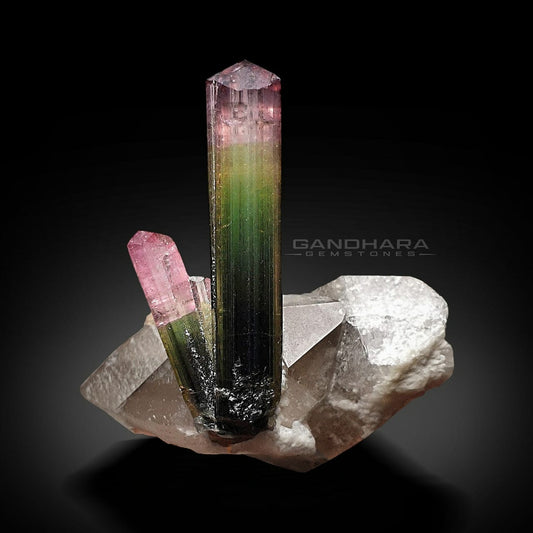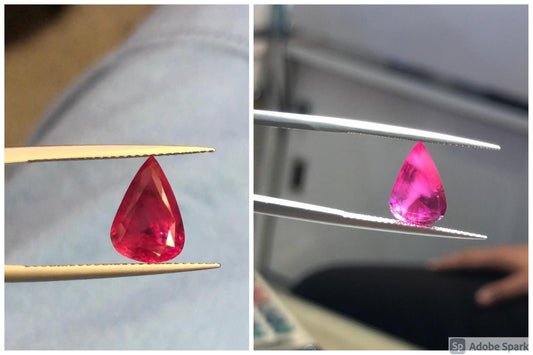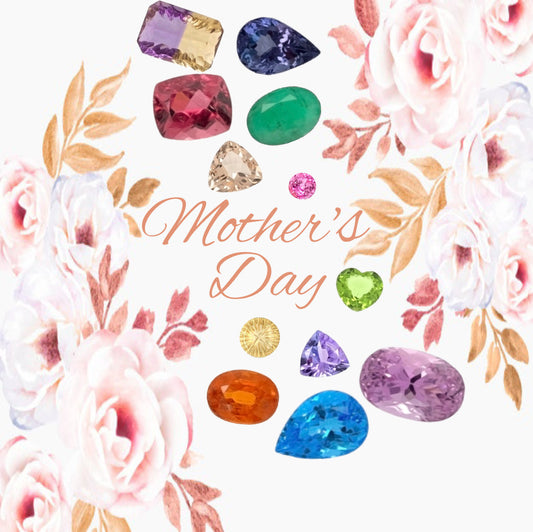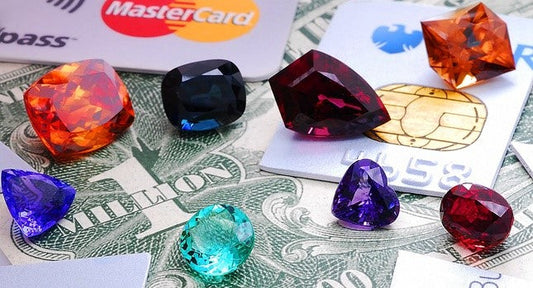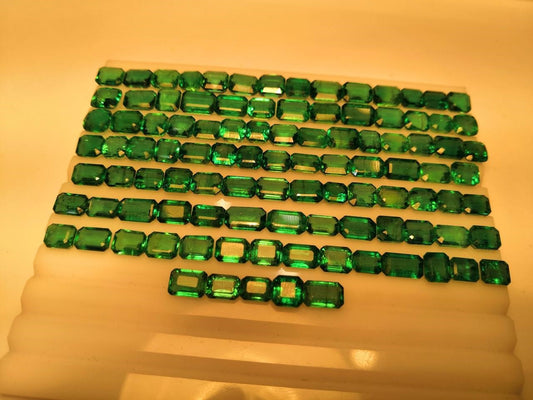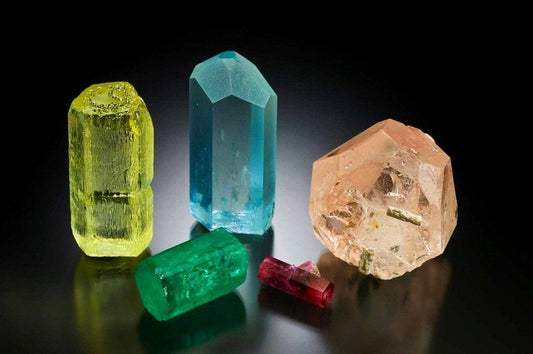featured Top 20 most expensive and rarest gemstones in the world
On by Mehran Khan 0 Comments
The Definitive Tourmaline Buying Guide
On by Mehran Khan 0 Comments
A Beautiful Way to Rebrand Afghanistan
On by Asad Khan 0 Comments
Rare Bi-Color Tourmaline
On by Asad Khan 0 Comments
Human Perception and the Color of Gemstones
On by Asad Khan 0 Comments
Mother's Day Gemstones for Mother
On by Asad Khan 0 Comments
The New Trend - Investing in Colored Gemstones!
On by M Farooq 0 Comments
Emerald: The Green Beryl
On by M Farooq 0 Comments
Morganite Information - The Pink Beryl
On by M Farooq 0 Comments
Specifications of Tourmaline
On by M Farooq 0 Comments


